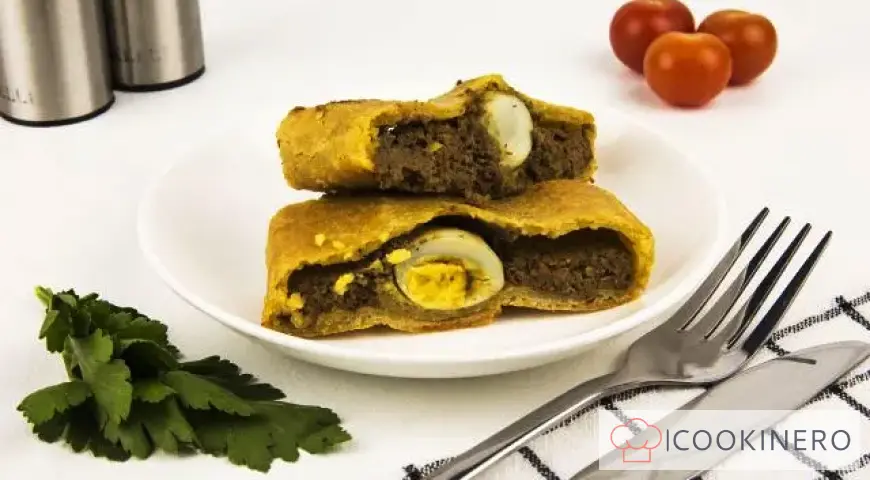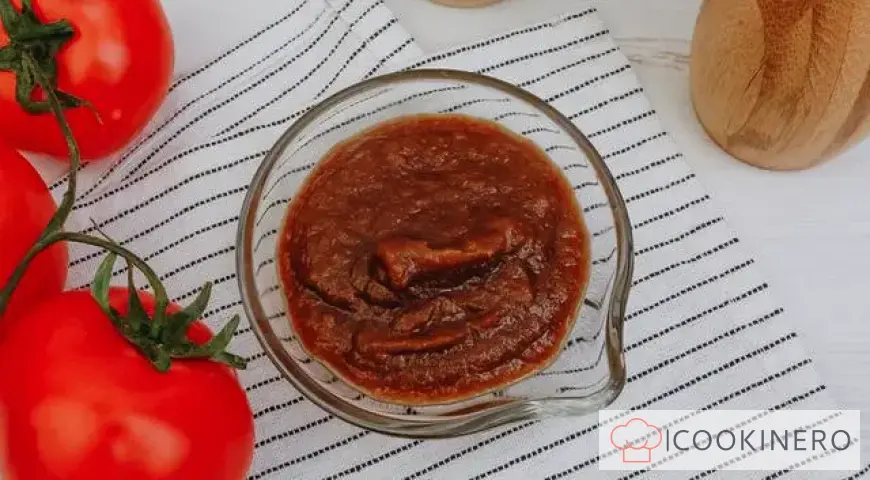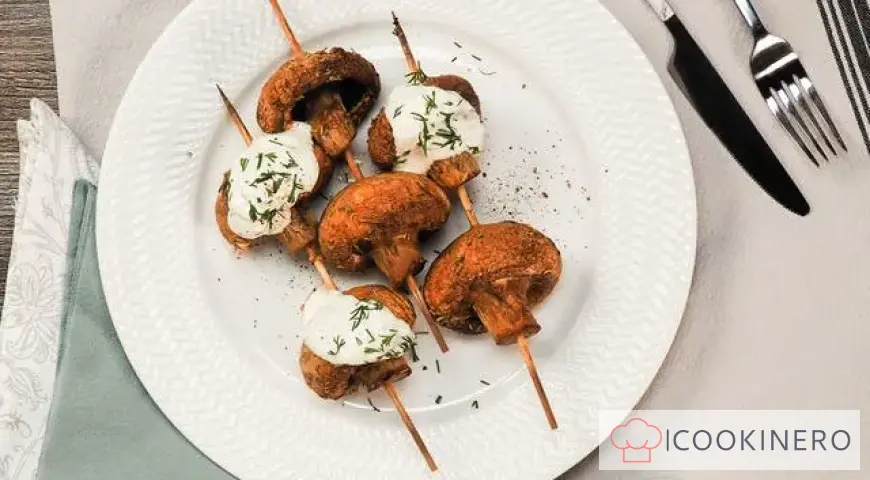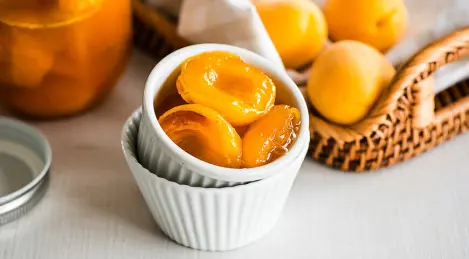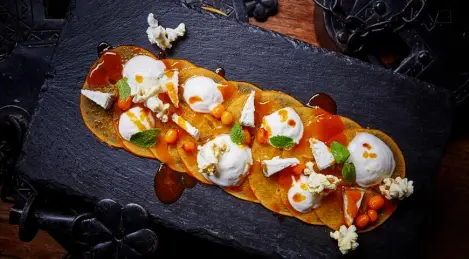Panettone

Every year, with the approach of the bright Holiday of holidays and the Celebration of celebrations, I begin to look for new Easter recipes for Easter cakes, buns, pies, muffins, in order not only to replenish my culinary experience, but also to treat those who will be around on these wonderful, joyful days. On the Internet, I came across a recipe for an Italian traditional Christmas cake, which is made from sweet rich yeast dough with the addition of candied fruits, dried fruits, nuts, and various aromatic spices. This pie is called Panettone. But despite the fact that in Italy it is baked for Christmas, in its appearance, composition and method of preparation, it is identical to Slavic Easter cakes. And you will see this if you try to bake it yourself. I will not tell you that it is very tasty, fragrant, ruddy, airy. You don't have to take my word for it, it's better to try it yourself.
How to cook Panettone
Step 1
In a large bowl, make a brew. In warm milk (water), dilute 1 tbsp. l. sugar and yeast. We give them 15-20 minutes to swell.
Step 2
Melt butter and remaining sugar in a saucepan, set aside.
Step 3
We rub the zest, separate the proteins from the yolks. Add the eggs to the yolks, beat a little. We mix all dried fruits, nuts, zest, vanilla and 1 tsp. flour and set aside for a while.
Step 4
Add melted butter with sugar to the swollen yeast, add a slightly beaten mixture of eggs and yolks, mix well.
Step 5
Sift 360 g of flour here, add salt. Knead so that there are no lumps. Pour dried fruits and nuts, mix, then sift the remaining flour in portions. Knead the dough on the table for 7-10 minutes until soft and elastic, it should stop sticking to your hands. Hands can be slightly lubricated with vegetable oil.
Step 6
We spread the dough in a bowl greased with vegetable oil, cover with a towel and let it rise for 1.5-2 hours in a warm place. It should double in size.
Step 7
Then transfer to a work surface sprinkled with flour. We divide into three parts (for 3 forms with a volume of about 1 liter), form balls, cover with a towel and let them rest for 5 minutes. Then lay out on greased with butter and, if necessary, lined with parchment paper, forms. Lubricate the top of the dough with vegetable oil. We let it stand warm for another 40-50 minutes. We bake in an oven preheated to 180 degrees for 45-50 minutes (the top of the cakes should be well browned). Check with a wooden stick.
Step 8
Remove from the oven and let cool for 10 minutes, then remove from the mold and cool completely.
Step 9
Sprinkle with powdered sugar or pour over glaze: grind 100 g of powdered sugar with 2-3 tbsp. l. lemon juice or the protein of one egg, beat with 130 g of powdered sugar and 0.5 tsp. lemon juice and let cool completely.
Reviews: 0
0 Overall ratingHave you already prepared this recipe? Tell what you think.
Write a review
Trending
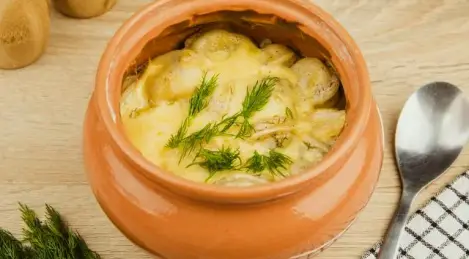
Dumplings baked with sour cream
Pelmeni are a familiar, filling and tasty dish. But you can cook them in a very original way: bake them in the oven with sour cream sauce. This option for cooking the dish will not take much time, but will please you with the result. Juicy meat in te
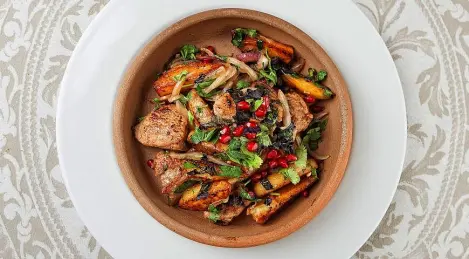
Ojahuri from veal
Ojakhuri is a classic Georgian dish. In fact, this meat and potatoes are a win-win combination. You can use different types of meat for ojahuri. We will choose tender veal. Odeakhuri is traditionally served on a ketsi (clay plate) to keep the dish ho
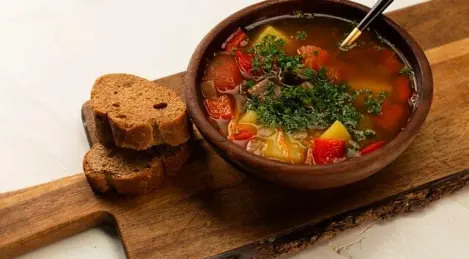
Beef shurpa
Shulum, chorpa, shorpo, sorpa... In different countries, shurpa is called by different names, but it looks about the same everywhere: a rich soup with meat and vegetables. Various herbs and spices can be added to it, or it can be made on the basis of

Ginger tincture
Ginger is a well-known and beloved spice. In the kitchen, only the root of the plant is used, which is rightfully considered one of the most useful natural products. Ginger tincture, when consumed in moderation, helps improve memory, restores skin co
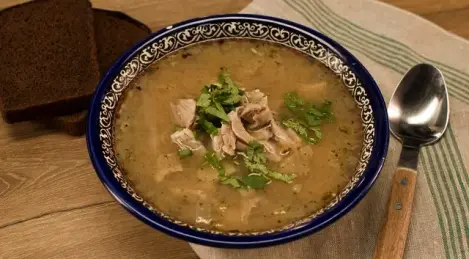
Kharcho with chicken
Usually kharcho is cooked in beef broth. But we decided to break the rules to get a slightly different, but no less tasty dish. Kharcho based on chicken will be more dietary, but in taste it will be the same famous Georgian soup, which you can easily

